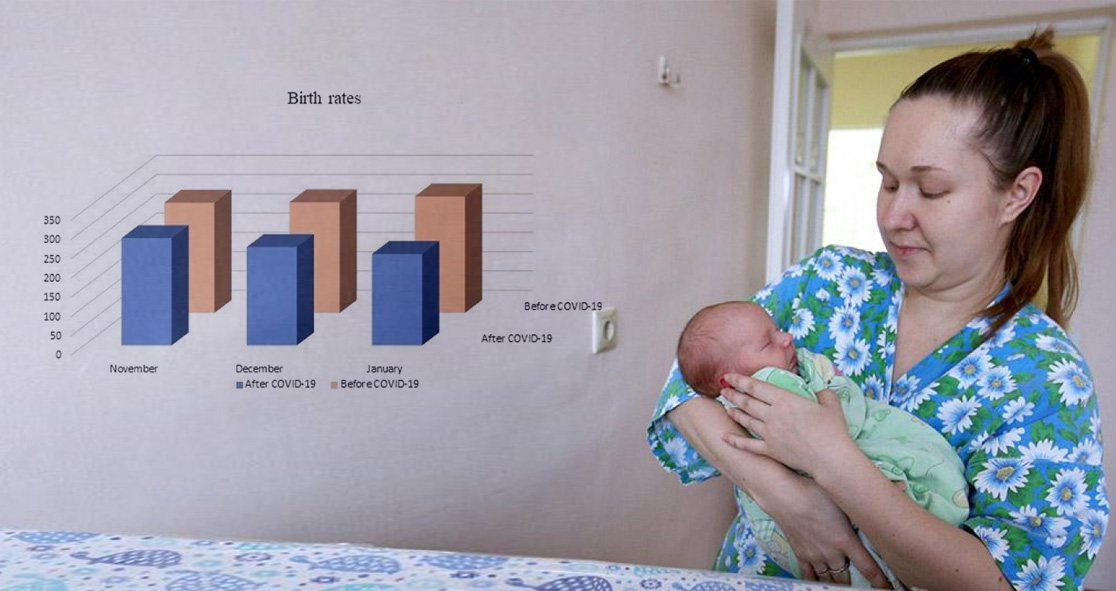The COVID-19 pandemic has brought a lot of change in people’s lives, with almost all nations imposing strict lockdowns to curb the spread of the virus. And northern Italy was one of the most affected areas in the initial stages of the crisis.
From March 10 to May 4, 2020, Northern Italy imposed a total lockdown due to increasing numbers of cases, hospitalizations, and deaths.
Now, a study, published recently in the International Journal of Impotence Research, has found that the pandemic greatly affected the birth rate in Northern Italy.
The study compared the number of births in November 2019 and January 2020 with the respective months in 2020 and 2021 in the Metropolitan City of Genoa, northern Italy.
The authors of the study found that there were 875 births from November 2019 to January 2020, while during the same period of the following year, there were only 770 births, with 105 fewer births, according to Nature.
However, the authors said it is difficult to quantify how much the pandemic has affected this ongoing trend because Italy has been seeing a gradual and progressive decline in birth rates in the last few decades, suggesting that a large part of this reduction may not be due to the pandemic and lockdown rules.
“Considering the city of Genoa to have a population of 854,000 people and Italy of nearly 60 million, if this trend of a decline in the birth rate is confirmed nationally, we could expect a decrease of over 50,000 units compared to the previous year,” the authors explained.
The study investigators also explained that there could be several reasons why the COVID-19 pandemic and preventive measures could have affected the birth rates in northern Italy.
They said the strict lockdown affected the freedom of movement, which might have led to a decrease in the frequency of sexual intercourse, eventually reducing the chances of conception. Another reason could be the uncertainty of the future due to loss of jobs or unemployment during the pandemic.
However, the authors cautioned about the findings of the study. They said, “We are aware that our data may have several limitations and may somehow be influenced by local factors, thus not fully reflecting the reality of other communities. However, we observed a substantial downward trend in birth rates.” The study was also published in the journal Nature.























